
You’ll Think Twice About Soft Serve

You’ll Think Twice About Soft Serve Once You See What’s Inside Those Machines
If you’ve got a sweet tooth, you may want to set that cone down for a moment — because what’s happening behind the counter isn’t always as sweet as the ice cream itself.
Soft serve ice cream, that silky, cloud-like swirl that screams summer, has been a beloved treat since the 1930s. But recently, the internet has been buzzing for all the wrong reasons. A resurfaced investigation has revealed what some soft serve machines look like on the inside — and the findings have left people saying they’ll never touch soft serve again.
The Sweet Science Behind Soft Serve
At first glance, soft serve doesn’t seem very different from regular ice cream. The ingredients are familiar — milk, cream, sugar — but the texture and temperature are where the magic happens. And that magic comes from one very complex piece of equipment: the soft serve machine.
According to America’s Test Kitchen, here’s what goes on inside:
“The churning and freezing process happens inside a specialized machine that holds a reservoir of this ready-to-freeze base just above freezing. As needed, the cold liquid base is automatically mixed with flavor and pumped through a slender cylinder that combines it with air while churning and freezing the mix to about 25 degrees.”
That process is what creates soft serve’s iconic smoothness and airy feel — essentially ice cream infused with tiny bubbles of air, kept at the perfect temperature for that signature swirl.
Sounds harmless, right? Well… not always.
What’s Really Hiding Inside Those Machines
Back in 2017, Inside Edition ran an investigation that more people are discovering today. The team collected 40 soft serve samples from different locations across New York City — and the findings were eyebrow-raising.
Eight out of the 40 samples tested positive for high levels of coliform bacteria, a red flag that usually indicates improper sanitation.
To be clear: coliform isn’t typically dangerous on its own. But its presence often means that equipment isn’t being cleaned thoroughly — or frequently — enough. In food safety, it’s a warning sign that something is slipping through the cracks, and when you’re talking about dairy-based desserts, that’s not a small concern.
The Viral McDonald’s Moment That Fueled the Fear
The conversation went nuclear after a McDonald’s employee in Louisiana shared photos of what looked like a grimy, sludge-coated drip tray from a soft serve machine.
“This came out of McDonald’s ice cream machine in case y’all were wondering,” the worker posted. “Nice and dirty.”
Almost instantly, the images exploded across social media platforms. People were horrified.
McDonald’s responded quickly, explaining that:
-
The pictured part does not come into contact with the ice cream.
-
Their machines undergo routine cleaning cycles.
-
Food safety is a top priority.
But once an image has been burned into the public’s mind, it’s hard to unsee it — and even harder to rebuild trust.
The Internet Reacts: A Mix of Horror and Humor
As the old investigation resurfaced, people flocked online to voice their reactions — ranging from disgust to full-on panic to jokes that barely concealed genuine fear.
“I’ve been watching Inside Edition for a while and now I’m too scared to do anything,” one user confessed.
Another commented, “This is why I like scooped ice cream.”
And perhaps the most relatable take came from someone trying to stay brave:
“As long as it’s good and doesn’t make me sick.”
But not everyone took it so lightly. For some, the thought of bacteria lurking inside a dessert machine was enough to swear off soft serve forever.
One dramatic — but understandable — comment said it all:
“I’m just not gonna eat anything anymore.”
So… Should You Still Eat Soft Serve?
Here’s the part most people actually want to know: Is soft serve safe?
Experts say yes — as long as the machine is being cleaned properly.
The real issue isn’t the product itself, but the maintenance behind it.
Soft serve machines are complicated. They require:
-
daily cleaning
-
disassembly and sanitizing
-
careful temperature control
-
strict hygiene protocols
And while major chains tend to follow these rules closely, smaller establishments or understaffed locations may fall behind.
The reality is that every food establishment relies on human beings — and human beings make mistakes.
Still, most places serving soft serve follow safety standards, and the odds that your cone is contaminated are low when the machine is well-maintained.
The Bottom Line
Soft serve ice cream has been a summertime favorite for nearly a hundred years, and it’s not going anywhere. But these viral moments serve as a reminder that what we don’t see behind the counter can matter just as much as what we taste in our cones.
For some people, the new information is enough to switch permanently to scooped ice cream. For others, the love of soft serve outweighs the risk.
Either way, it’s safe to say one thing:
Soft serve will never look quite the same again — especially once you’ve seen what might be inside those machines.
News in the same category


A 42-Year-Old Man Died of a Stroke Despite Not Smoking or Drinking — Doctors Shocked to Find the Real Daily “Killer” in His Diet
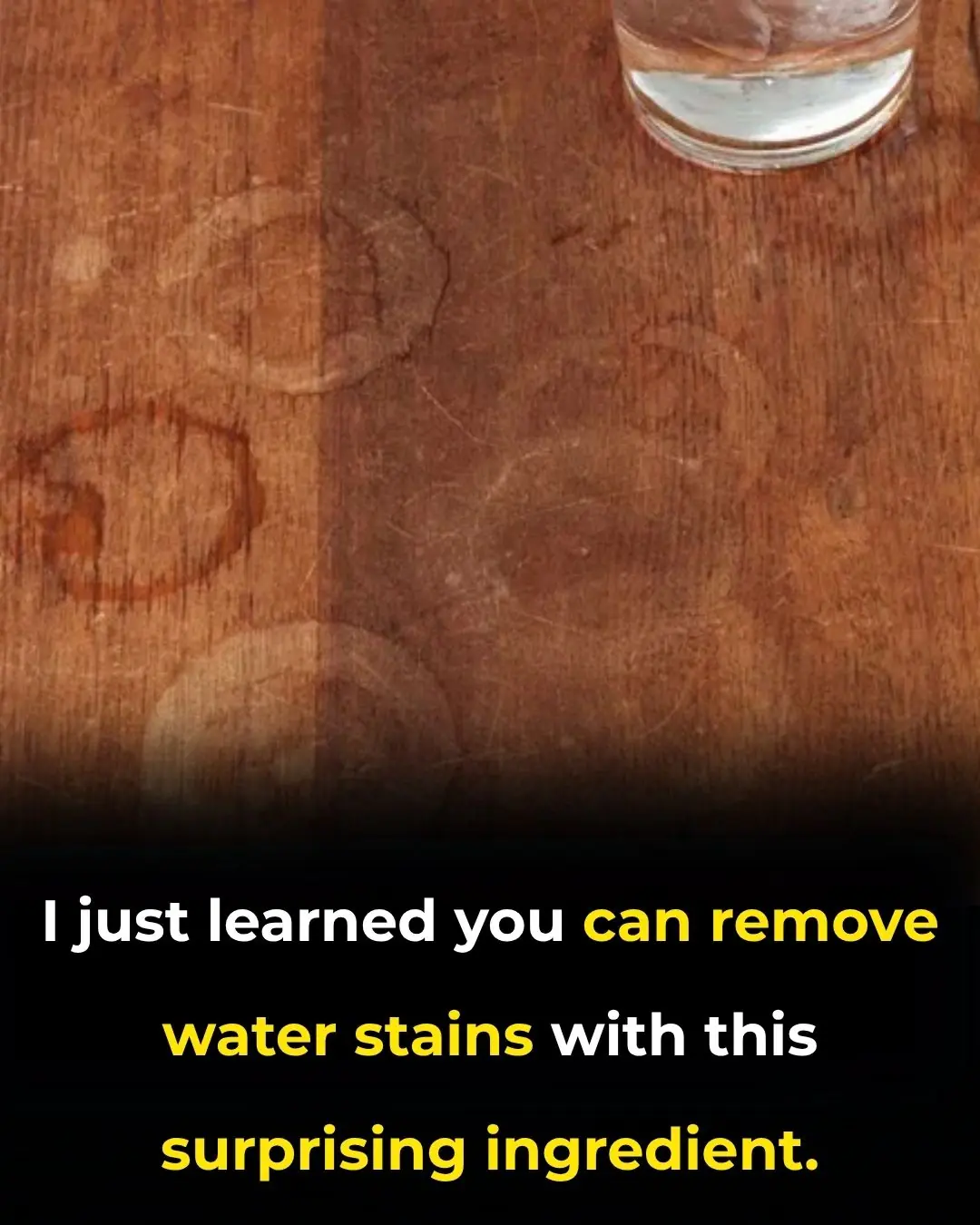
How to Remove Water Stains from Wood with Mayonnaise

Close or open the bathroom door for ventilation? It turns out many people still do it wrong

What Does It Mean To Wear a Ring On The Right Hand

Who Will Not Be Eligible As Trump Promises To Give $2,000 To Almost Everyone In America
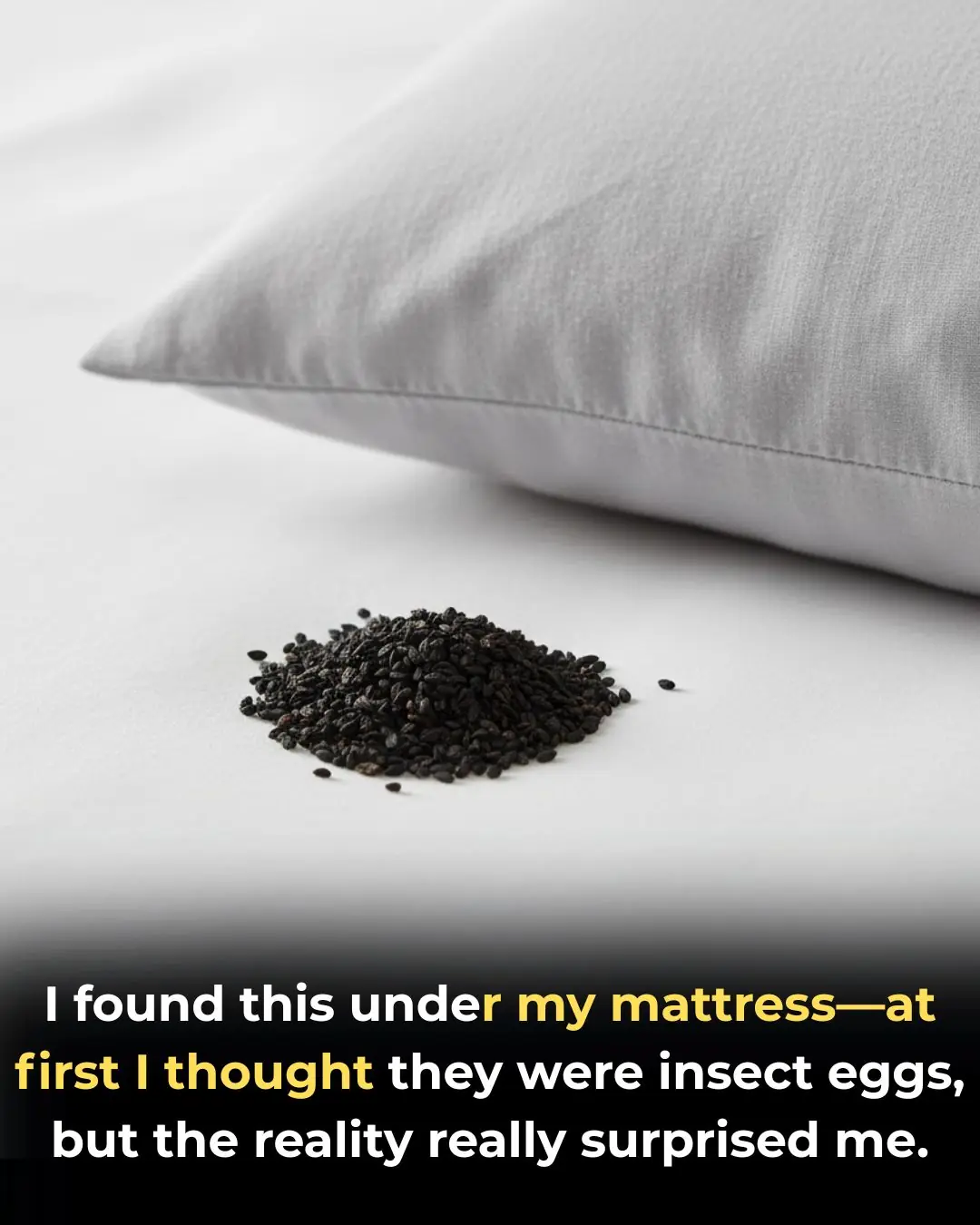
I Thought I Found Insect Eggs Under My Bed

The Lip Color You Pick Reveals What Kind of Woman You Are
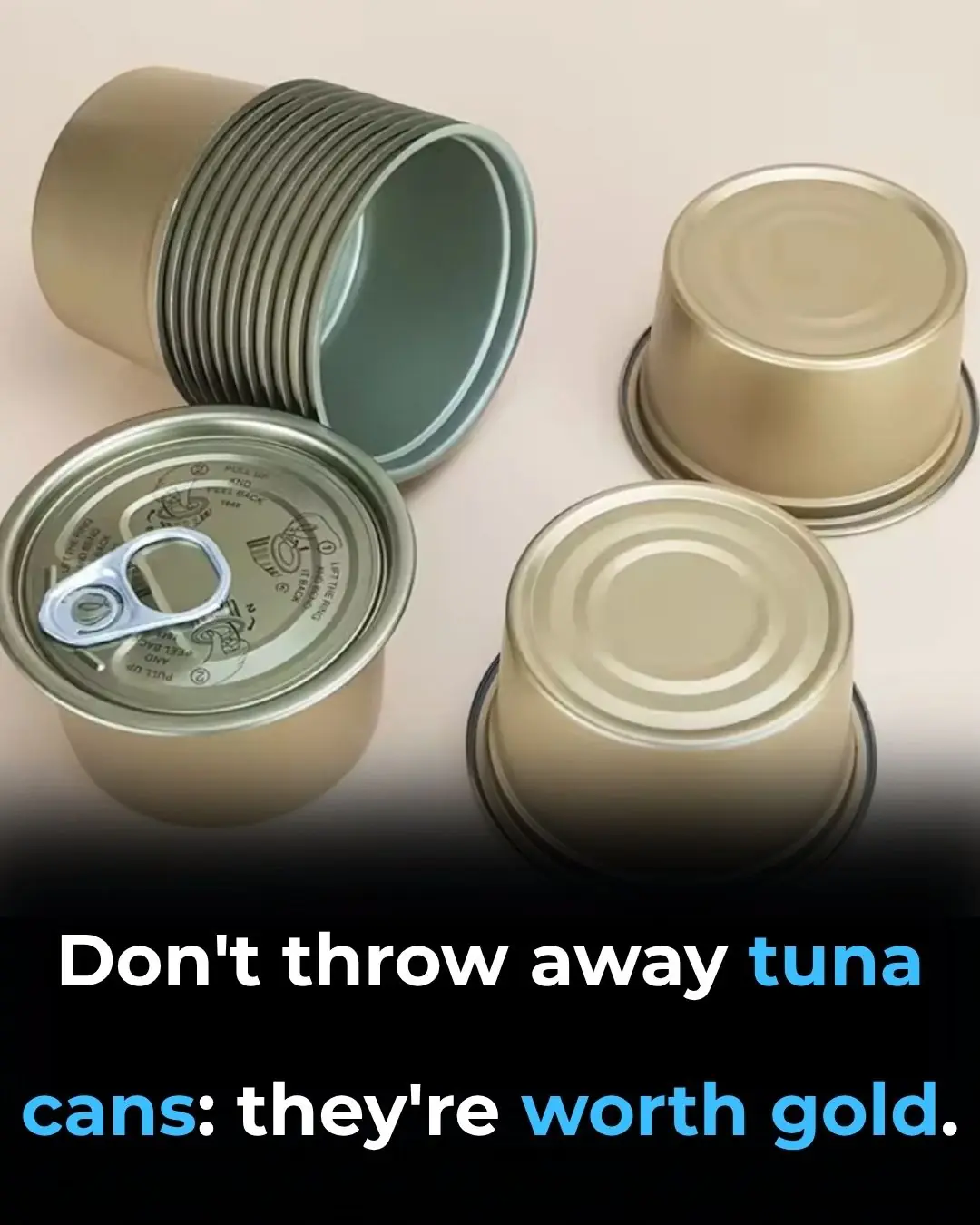
Don’t Toss That Tuna Can

101-year-old woman who still works 6 times a week explains what she fears would happen if she retired

What the Inside of Your Car Might Say About You

This Simple Word Could Let Scammers Clone Your Voice with AI

Donald Trump ‘rattled’ as he’s booed at stadium he wants named after him

Here’s Why Many Couples Start Sleeping In Separate Beds After 50

Why Do We Get Shocked by Static Electricity

What Clearing the Table Says About You

The Secret Language of the Hand: Interpreting the Touch During a Handshake

Why You Might Have Dark Circles …Even If You’re Sleeping Well

What Do the Triangle Stickers Above Your Airplane Seat Mean?
News Post

James Martin reveals he’s undergone ‘scary’ surgery two years after sharing facial cancer diagnosis

Olly Murs on why he initially ‘broke it off’ with future wife Amelia: ‘I was in quite a bad place’

Mike Tindall’s blunt response amid Andrew Mountbatten-Windsor scandal

10 Secrets You Need to Know Before Eating Okra

The Hidden Healing of Fig Leaves: Natural Support for Diabetes, Digestion, and More
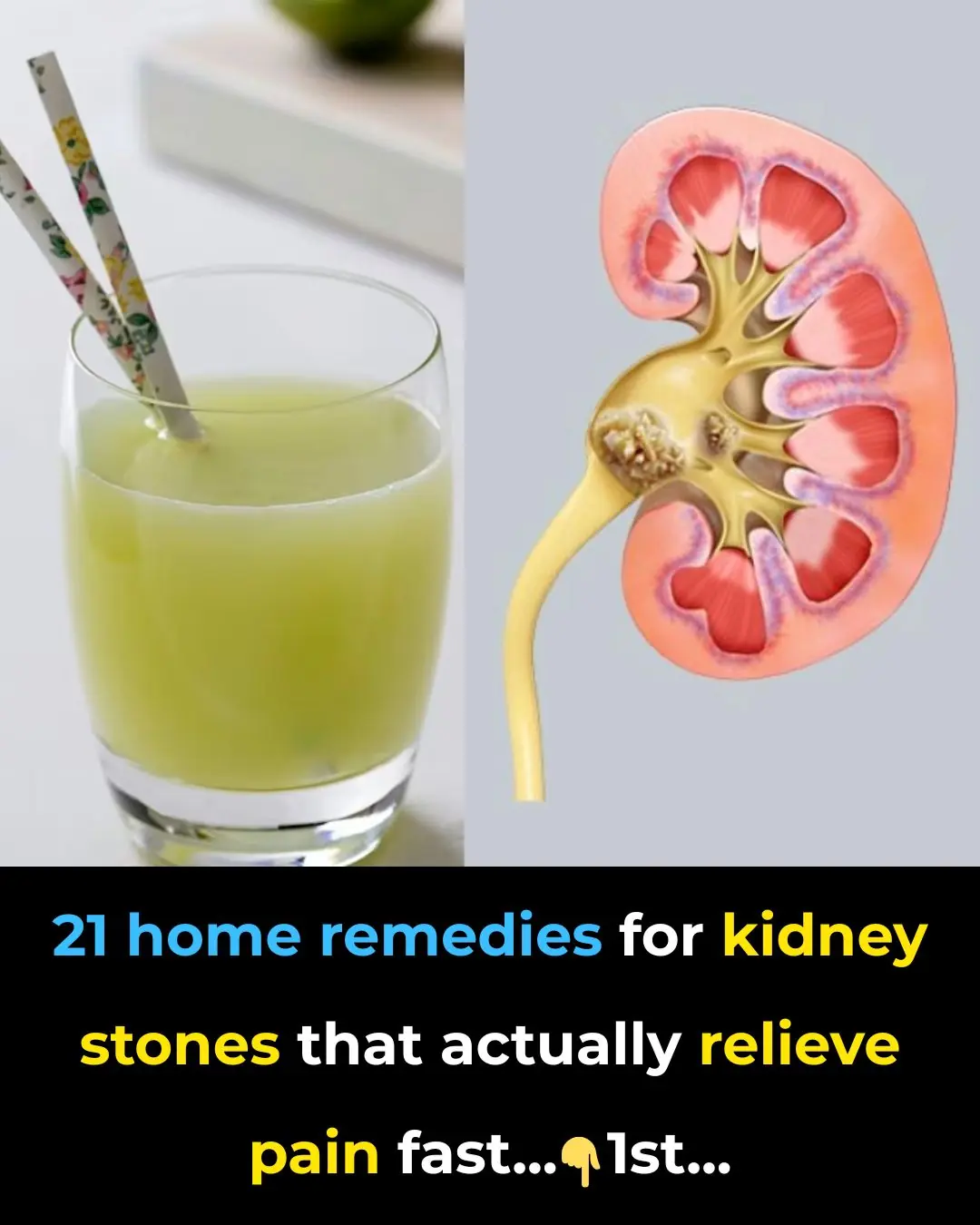
Home Remedies For Kidney Stones – 21 Remedies For Effective Pain Relief

Katie Price reignites war of words over daughter Princess as she urges teen to tell ‘the truth’
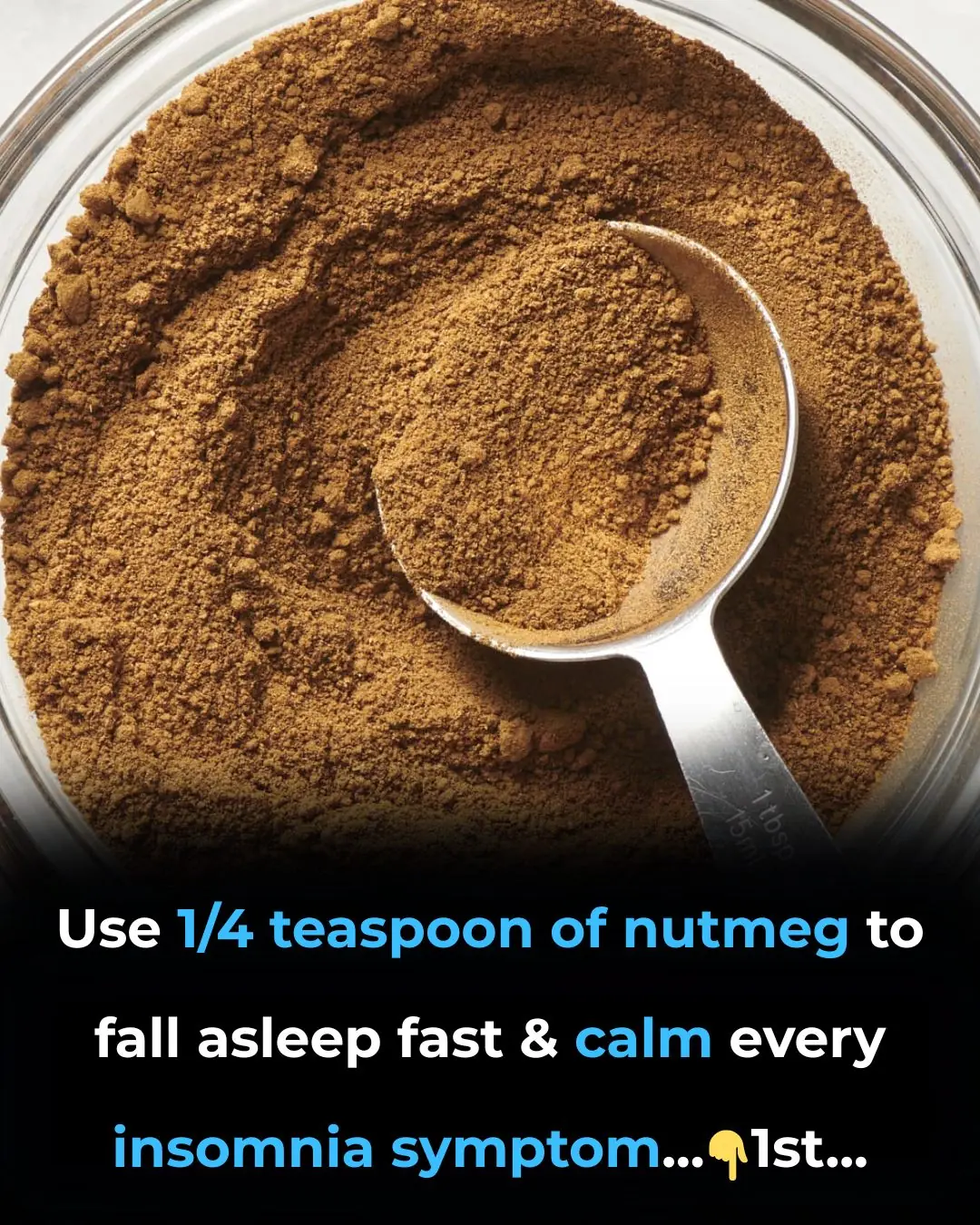
How to Use a ¼ Teaspoon of Nutmeg to Fall Asleep and Relieve ALL Your Insomnia Symptoms Overnight
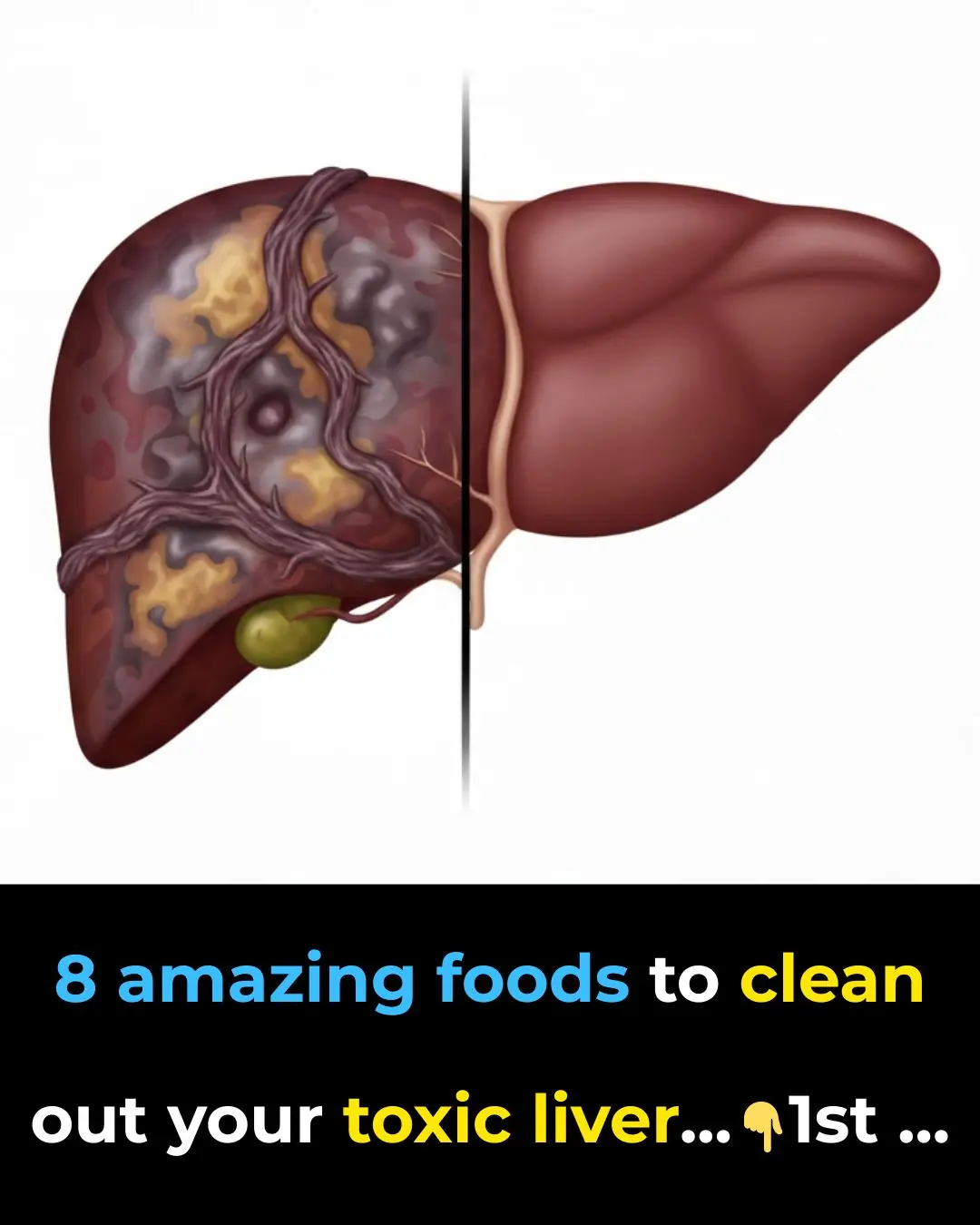
8 Amazing Foods To Clean Out Your Toxic Liver

Prince William’s touching message to Sara Cox amid her Children In Need challenge

A Prom Night 76 Years in the Making.

A Song for a Hero: When Children Honored a Veteran in His Final Days.

I’m A Celebrity star Aitch reveals emotional reason behind signing up for the show: ‘Her disability is a blessing’

The Night We Didn’t See the Circus.

Against the Flood: Chloe and Sandy’s Fight to Survive.

Noah's Gift for titinopathy awareness

The Last Look: What Pets Wish for in Their Final Moments

Coleen Nolan’s son Shane welcomes baby and shares cute pictures and unique name

Are Eggs with Bl00d Spots Safe to Eat? The Truth Behind Those Tiny Red Specks
